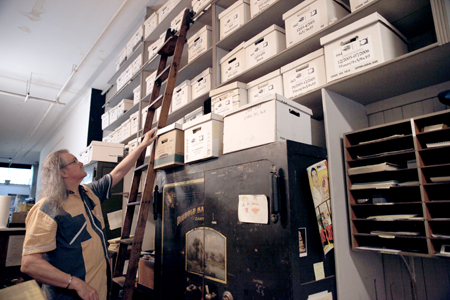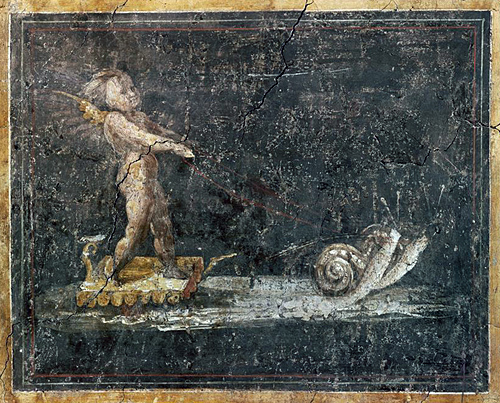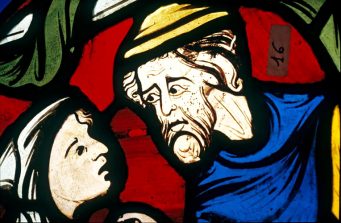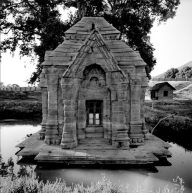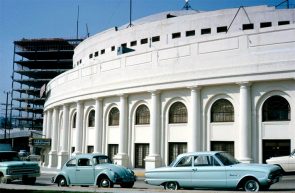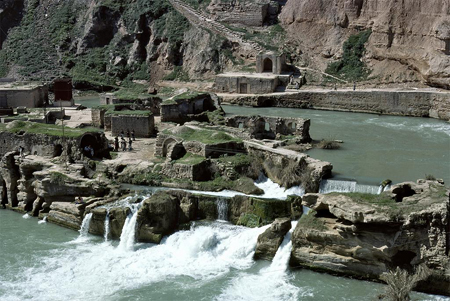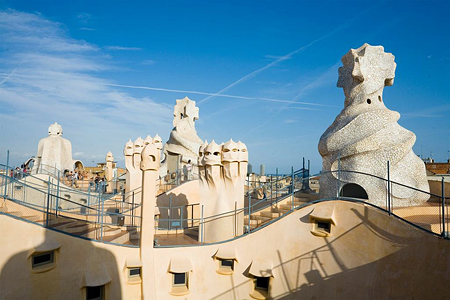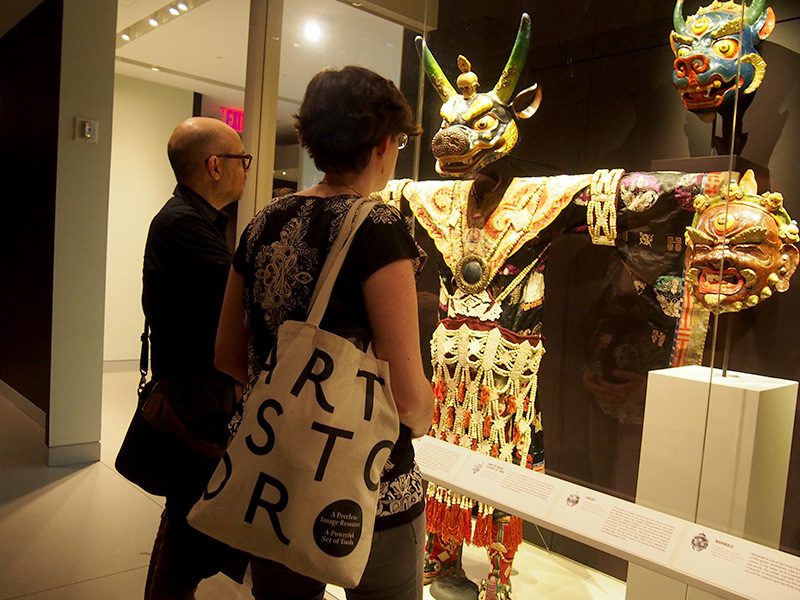
We recently wrote about Slow Art Day, and were quite happy to finally try it ourselves this past weekend.
To recap, a recent study estimated that museumgoers spend an average of just 17 seconds looking at an individual artwork. To combat this habit, Phil Terry, CEO of Collaborative Gain, started a movement in which a volunteer host selects art at a gallery or museum, participants meet at the venue to examine several works for five to ten minutes each, and then discuss their impressions over lunch or coffee.
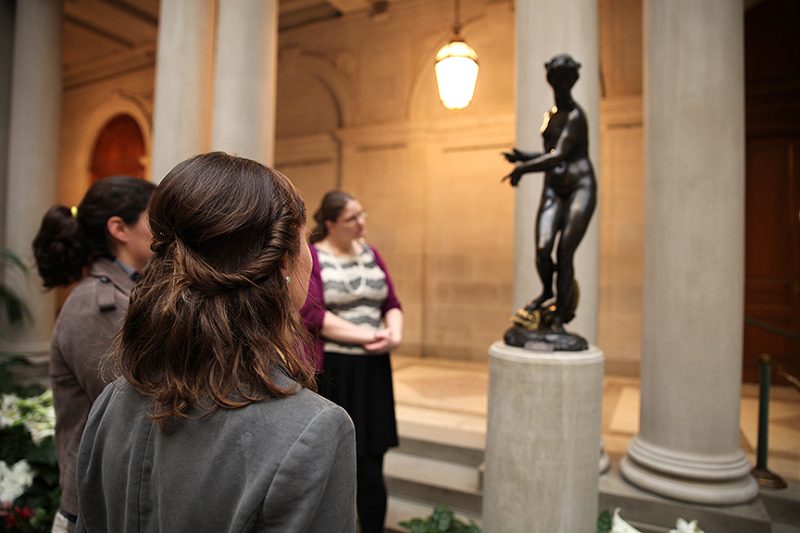
 Artstor announces the first four recipients of a new initiative to preserve and increase the availability of at-risk collections. The selected projects are:
Artstor announces the first four recipients of a new initiative to preserve and increase the availability of at-risk collections. The selected projects are: